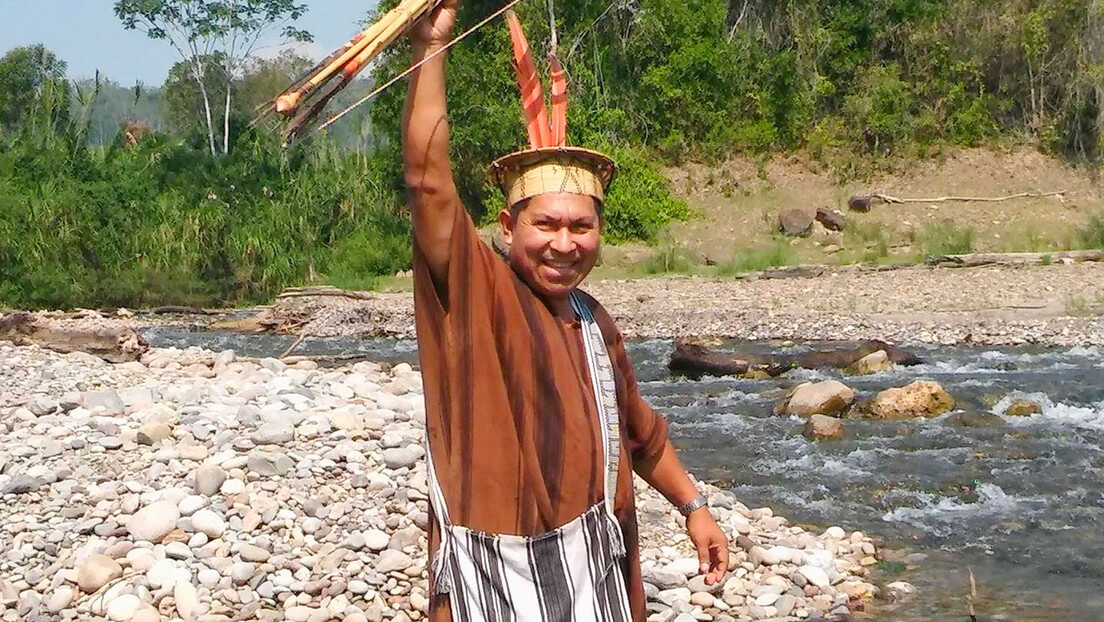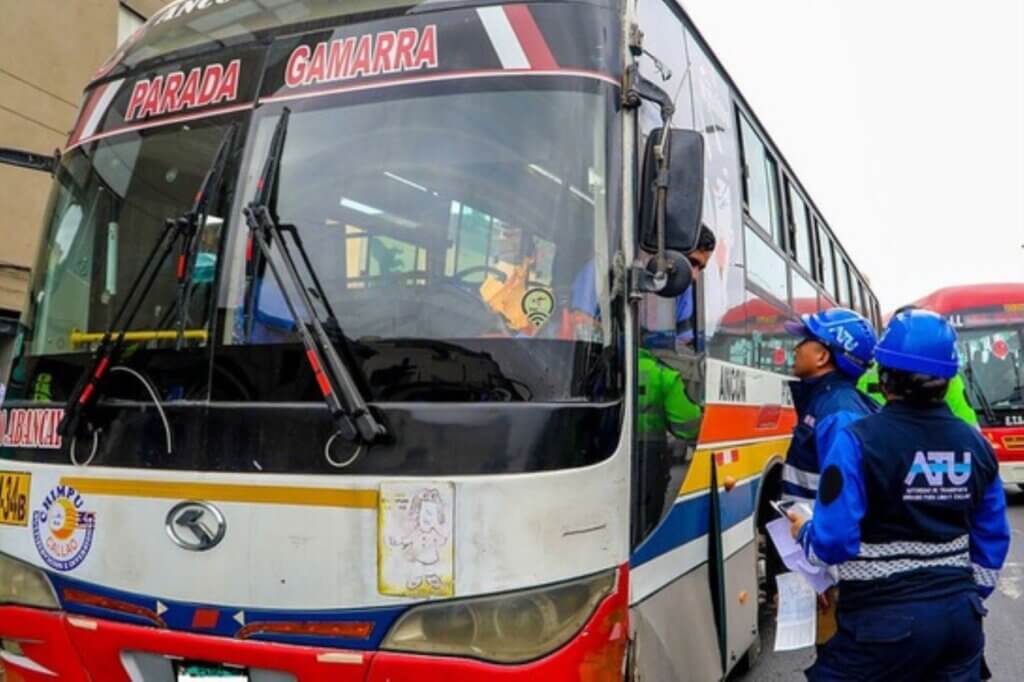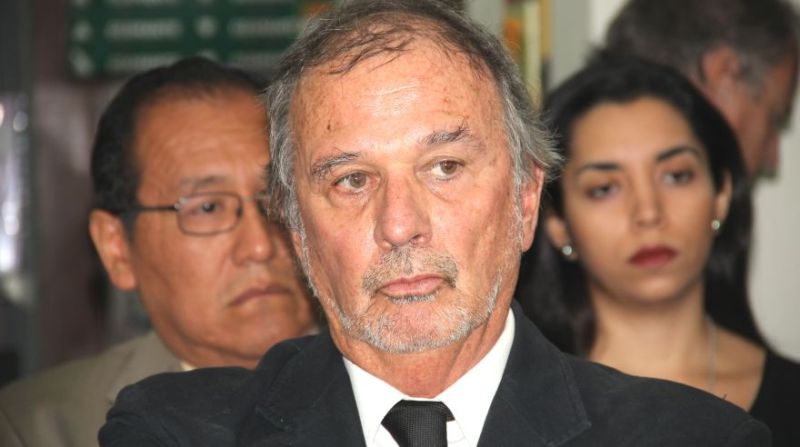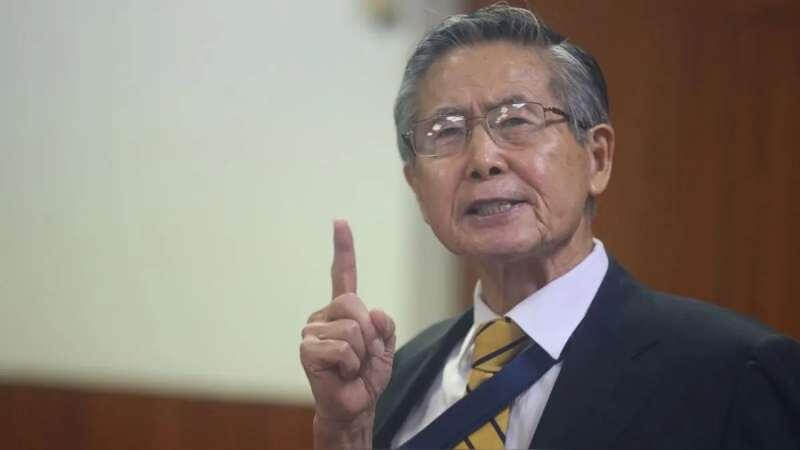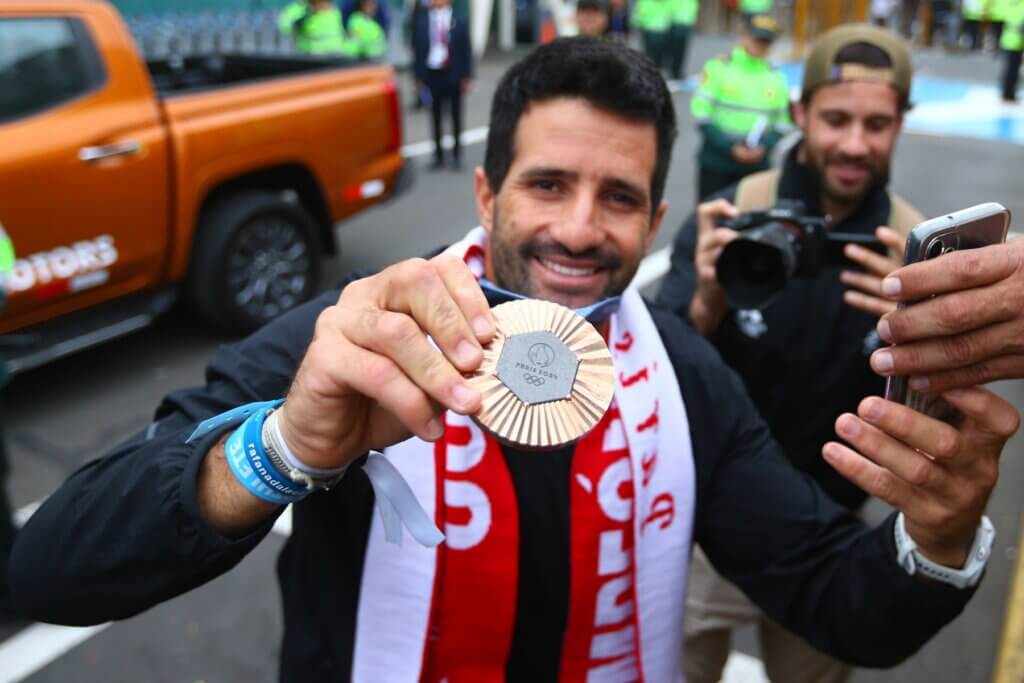Lima, Peru — Santiago Contoricón, an Indigenous leader from the Junín-Huancavelica region in Peru’s central Andes, was shot and killed on April 8, authorities announced on Sunday.
Authorities report that the murder may have been in retaliation for recent drug seizures made in the region that is a hotbed for cocaine production and trafficking.
General Colim Sim told news outlet RPP that the murder may be “revenge” for Contoricón’s well-known fight against the use of Asháninka territory for drug trafficking. The Ashaninka are one of South America’s largest Indigenous tribes and the ethnic group to which Contoricón belonged.
The Indigenous leader was allegedly killed by hitmen who fled on a motorcycle. Contoricón was found dead in his house, located in the community of Puerto Ocopa, in Junín’s jungle region.
Puerto Ocopa is strategically situated close to the Tambo riverin the VRAEM (the Spanish acronym for the Valley of the Apurimac, Ene and Mantaro Rivers), an area of central Peru known for its cocaine production.
On April 12, the Public Ministry ordered the opening of preliminary investigations into the murder of the Asháninka leader. The police sent a specialized team of agents to support the investigations.
The Ministry of Culture, the Ministry of the Interior, and the Ministry of Justice each condemned the murder and expressed “their solidarity with their loved ones and the Ashaninka indigenous people,” via Twitter.

Contoricón’s death is not an isolated case. According to the NGO Global Witness, from 2002 to date, 60 Indigenous leaders and environmental activists have been murdered in the country.
The NGO National Coordinator of Human Rights reported in August 2022 that 20 indigenous leaders and defenders of the Amazon have been murdered between 2020 and 2022 by criminals linked to drug trafficking, illegal mining, illegal logging and trafficking of lands.
A statement from the Central Asháninka de Río Tambo (CART), an indigenous organization that represents 35 native communities, criticized authorities, saying, “We are alone facing drug trafficking and terrorism.”
“Governments have abandoned us and, as a consequence, criminal organizations linked to illegal economies are murdering our leaders with impunity,” read the message.
In addition, CART reported that Contoricón collaborated closely with the police and the army.
“In recent years we have seized several tons of cocaine and handed it over to the anti-drug police. That is the reason for this murder,” the statement read.
Contoricón was recognized in the area for his fight to improve security. Many small towns in the region still live with splinter groups that originated from the Shining Path, a Maoist narco-guerrilla group that terrorized the country in the 1980s and 1990s. .
The indigenous leader was loved in his community for having led his people’s resistance against the guerrilla group in the central jungle in the 1990s.
According to the Truth and Reconciliation Commission (TRC), between 1980 and 2000, the Shining Path displaced approximately 10,000 Asháninka, murdered 6,000, and captured 5,000.
Between 30 and 40 Asháninka towns disappeared entirely during this time, according to the TRC.


